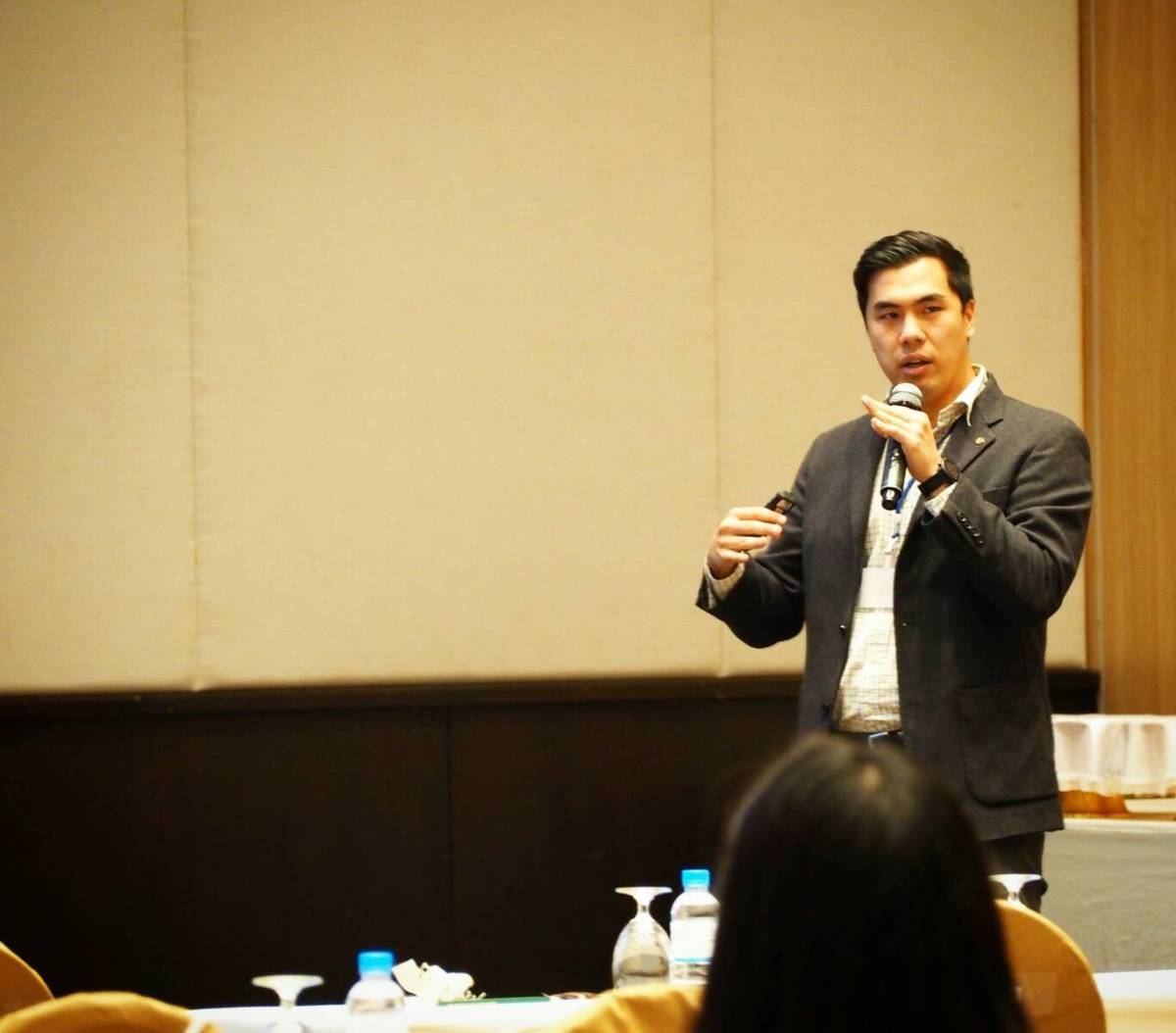
รางวัล
ระดับชาติ / นานาชาติ
ผลงานที่ได้รับรางวัล:
Pitting Corrosion of Type 304 Stainless Steel in High-chloride Containing Water under Hydrodynamic Conditions.
นักวิจัยเจ้าของผลงาน:
ดร.ปิติชน กล่อมจิต, คุณปิยะ คำสุข, ดร.ณมุรธา พอลสัน, ดร.เอกรัตน์ ไวยนิตย์
ชื่อรางวัลและเกียรติยศที่ได้รับ:
The Best Oral Presentation Award for Researcher
หน่วยงานที่ให้รางวัลและเกียรติยศ:
The 12th International Conference on Thailand Metallurgy (TMETC12) Conference Chair, Chiang Mai University
ผู้มอบ:
ศ ดร. ธรณินทร์ ไชยเรืองศรี คณบดีคณะวิทยาศาสตร์ มหาวิทยาลัย เชียงใหม่
สถานที่:
Chiang Mai Grandview Hotel
วันที่:
6-8 พ.ย. 2562
ที่มาและความสำคัญของรางวัลและเกียรติยศ
รางวัลมอบให้แก่นักวิจัยที่นำเสนอผลงานได้ดีที่สุด ประเมินจากเนื้อหา การนำเสนอผลงาน และการตอบคำถาม
รายละเอียดโครงการ/ผลงานที่ได้รับรางวัลและเกียรติยศ
In a combined cycle power plant, a separated-type condenser is an important component that uses natural water from nearby river to sustain the operation. Type 304 stainless steel is used as tubes in a heat exchanger. Type 304 stainless steel is known to be susceptible to pitting corrosion when certain amount of chloride is present. Global warming has led to lack of rainfall, therefore, saltwater intrusion is a primary concern, in this particular case, since it contaminates freshwater with high concentration of chloride. The monitoring of chloride concentration in the nearby river during these past months showed that the concentration spiked up to around 4500 ppm particularly in summer time when freshwater is at draught.The goal of this study is to understand pitting corrosion behavior of type 304 stainless steel in laminar flow conditions. In order to simulate the actual working environment of type 304 stainless steel tubes in this application, flow velocity, chloride concentration, and temperature will be varied. In this study, flow velocity will be simulated by magnetic stirrer instead of the actual laminar flow. Characterization of localized corrosion will be conducted using potentiodynamic, electrochemical impedance spectroscopy (EIS), and visual observation. Computational simulation illustrates the flow phenomena inside of the pit. Results show that the aggressiveness of chloride was diminished by a washout effect. Pit density was reduced with increasing flow velocity. Maximum pit depth under hydrodynamic was reduced compared with ones under stagnant condition.



